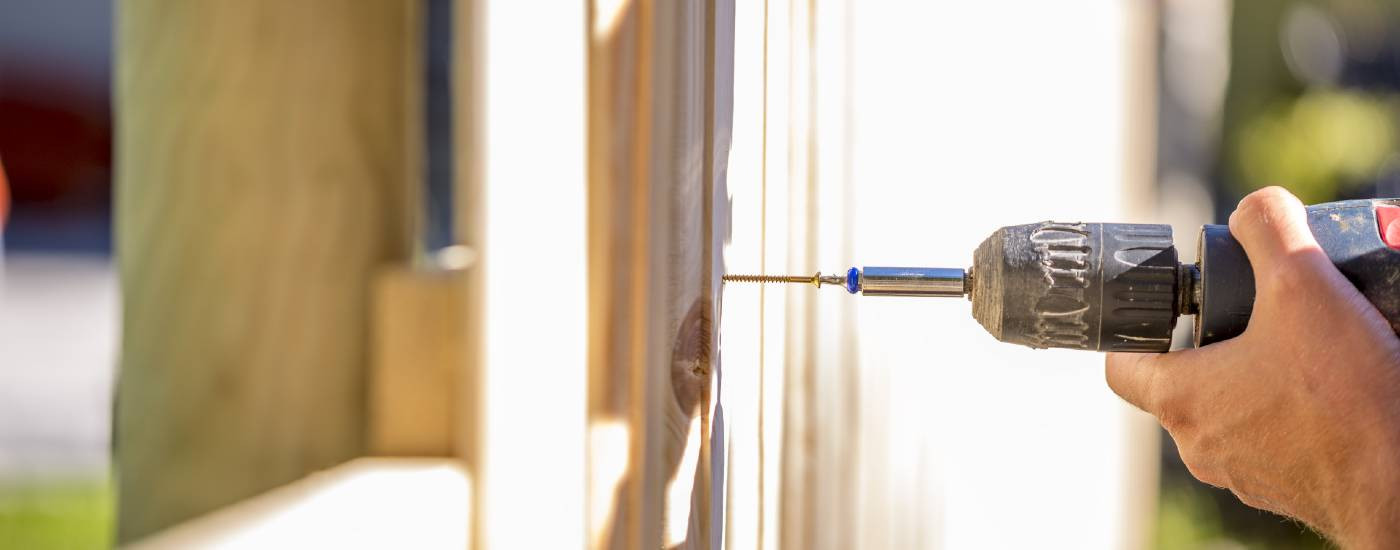For DIY enthusiasts and experts alike, the most difficult part of erecting a new fence is installing the fence posts, as they are often unsure of how deep the posts need to be and how big the hole should be. Unfortunately, the fence posts are the most important part of a new fence if it is to be stable and long-lasting, so it is essential to install them correctly.
What type of wood is best for fence posts?
Always insist on pressure treated timber fence posts. At Witham Timber, our timber fence posts are pressure treated with chemical preservatives that combat insect infestation and reduce the risk of rot and decay. The fence posts can be installed without treatment but, if preferred, a wood treatment can be applied before installation for added protection.
How deep should the hole for a timber fence post be?
The correct depth of hole is vital to ensure your fence posts have sufficient leverage to withstand winds. Generally a hole should be at least two feet deep, or equal to a third of the height of the post, and three times wider than the post. When digging the hole for a fence post, allow an extra 6 inches for the aggregate. A loose aggregate such as gravel in the bottom of the hole will allow water and moisture to drain away, reducing the risk of rotting to the base of the post.
How far apart should wooden fence posts be?
Most fence panels are 6 feet wide so the space between fence posts should accommodate this or the specific width of the panels you are installing. If using gravel boards, these are usually the same width as fence panels and make great measuring sticks for marking out the distance between posts.
How to set a timber fence post in the ground
When you are happy with the depth of the hole, add a good 6 inches of an aggregate material such as gravel to the bottom. Rest your fence post on top of the gravel, using a spirit level to ensure the post is as straight and upright as possible. Then secure the post in place, using concrete or Postcrete, a ready to use post mix concrete that requires no mixing. We have explored Postcrete Vs concrete previously but the biggest benefit of using Postcrete for installing fence posts is that is sets within a few minutes and hardens fully within hours.
Once your timber fence posts are securely installed, timber gravel boards can be fitted before timber fence panels are attached to the posts. Post caps can be added to each post, serving both a practical and aesthetic purpose as they add an attractive finishing touch to your posts while preventing water from penetrating the posts.
At Witham Timber, we have abundant stock levels of pressure treated wooden fencing components, including rails, boards, and posts, in addition to an extensive range of fencing panels. For advice or help on any aspect of fence installation, our expert staff is available via email at sales@withamtimber.co.uk or by telephone on 01205 359188.

